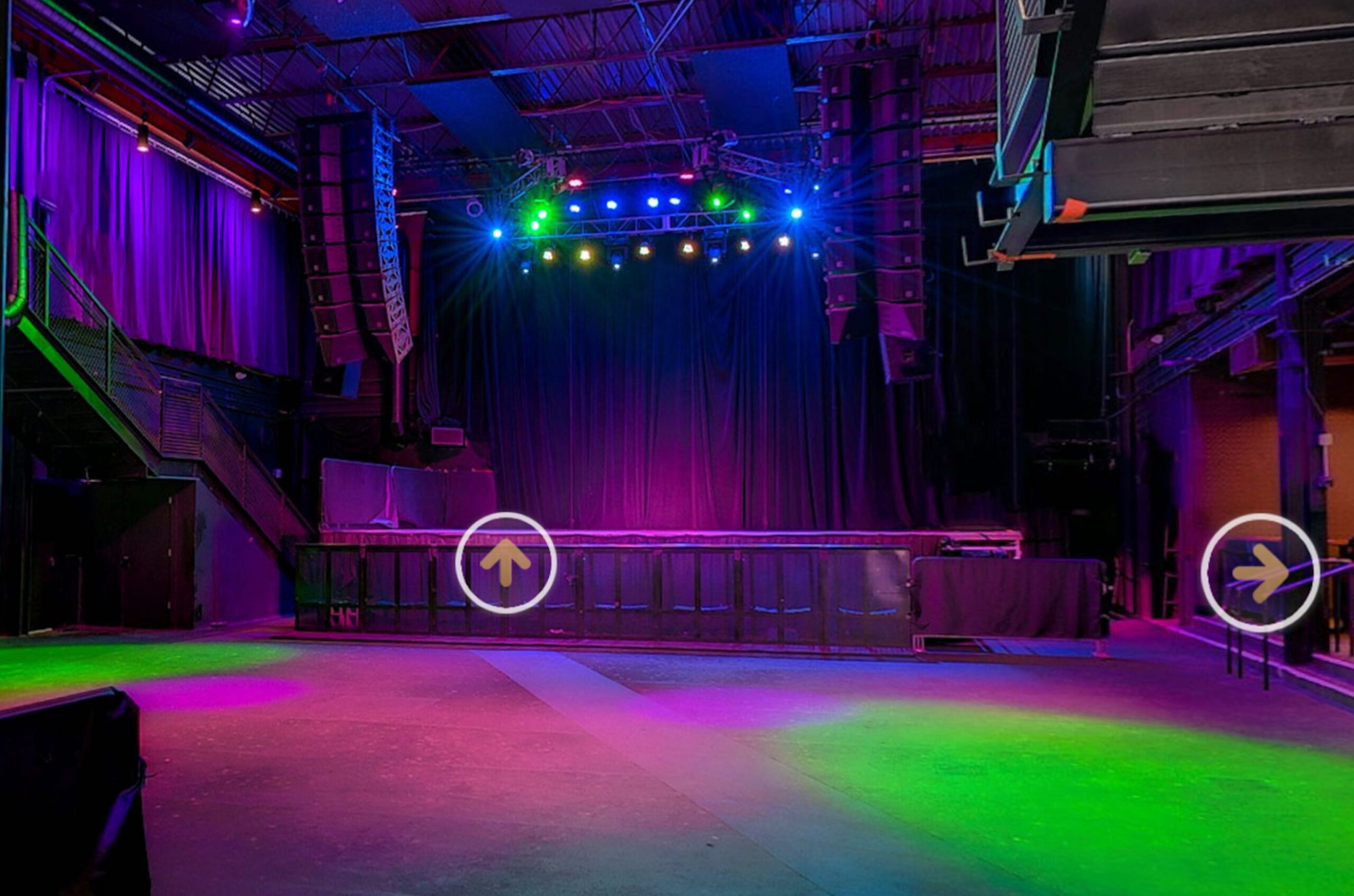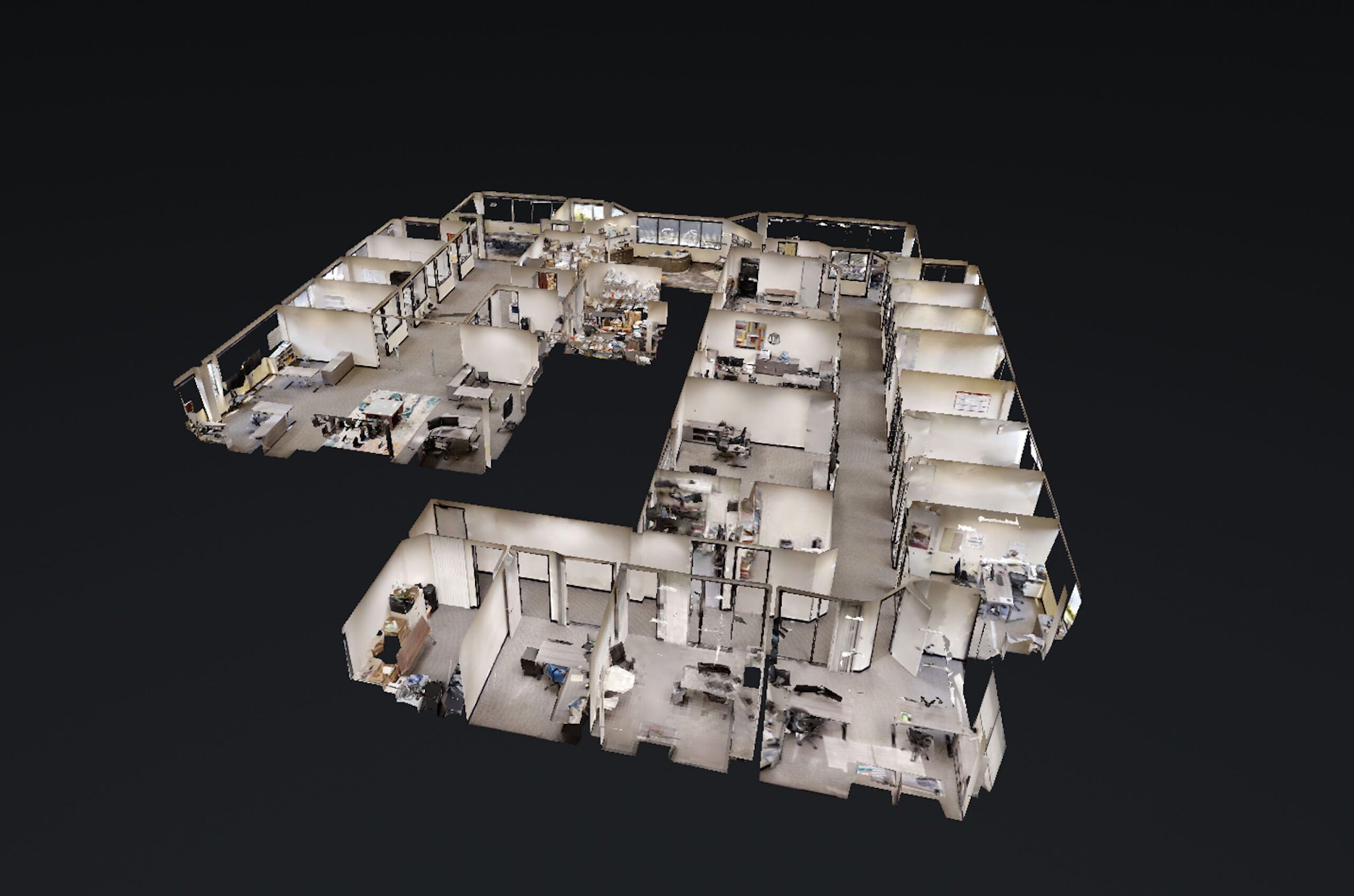In the realm of educational institutions, showcasing athletic programs and facilities plays a pivotal role in attracting talented athletes, engaging current students, and fostering a sense of school spirit. As technology continues to evolve, schools are discovering innovative ways to bring their sports facilities to life.
One such method gaining popularity is the use of 360 virtual tours. In this blog, we will explore the advantages and unique opportunities that arise from using 360 virtual tours to showcase athletic programs and facilities at schools. From enhancing recruitment efforts to captivating sports enthusiasts, let’s delve into the transformative power of this immersive technology.
- Immersive and Interactive Experience: 360 virtual tours offer an immersive and interactive experience for prospective athletes, current students, and sports enthusiasts. By integrating high-resolution panoramic views, hotspots with additional information, and multimedia elements, schools can provide a dynamic tour of their athletic facilities. Users can navigate through stadiums, gymnasiums, training centers, and locker rooms, gaining a realistic sense of the environment and facilities available.
- Attracting Talented Athletes: In the competitive landscape of recruiting athletes, a school’s sports facilities can make a significant impact. By utilizing 360 virtual tours, schools can showcase their state-of-the-art facilities, equipment, and training spaces in a visually captivating manner. Prospective athletes, regardless of their geographical location, can explore the facilities remotely, fostering a sense of connection and interest. This technology allows schools to stand out and attract top talent by highlighting the quality and amenities of their athletic programs.
- Engaging Student Experience: 360 virtual tours not only benefit prospective athletes but also enhance the experience of current students. By providing virtual access to sports facilities, schools can engage students and foster school spirit. Students can explore the venues where their favorite teams compete, envision themselves as part of the action, and develop a deeper connection to their school’s athletic programs. This engagement promotes a sense of pride and encourages student involvement in supporting their teams.
- Enhanced Communication and Marketing: 360 virtual tours serve as a powerful communication and marketing tool for schools. These tours can be embedded on the school’s website, shared on social media platforms, and incorporated into digital marketing campaigns. By providing an interactive and visually appealing experience, schools can generate excitement and interest in their athletic programs, attract spectators to games and events, and reinforce their brand image as a sports-oriented institution.
- Alumni Engagement: 360 virtual tours offer an opportunity for alumni to reconnect with their alma mater’s sports facilities and relive their memories. By creating virtual tours of iconic stadiums, arenas, or other sports venues, schools can evoke nostalgia and invoke a sense of pride among alumni. This engagement not only strengthens the relationship between the school and its graduates but also serves as a potential avenue for fundraising initiatives and alumni contributions to support athletic programs.
Conclusion
In the digital age, schools are leveraging technology to elevate their athletic programs and showcase their sports facilities. 360 virtual tours provide an immersive and interactive experience, attracting talented athletes, engaging current students, and fostering alumni pride. By embracing this innovative technology, schools can effectively communicate their commitment to sports excellence, enhance recruitment efforts, and foster a vibrant sports culture on campus.
As the world becomes increasingly connected, harnessing the power of 360 virtual tours becomes crucial for schools aiming to differentiate themselves and create lasting impressions in the competitive landscape of athletic programs.







